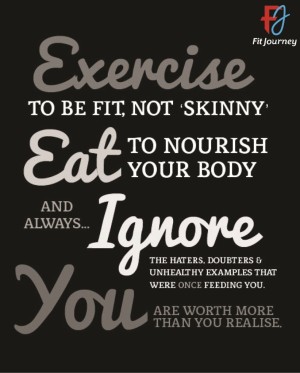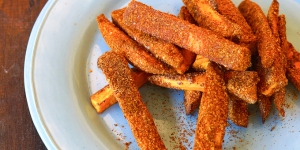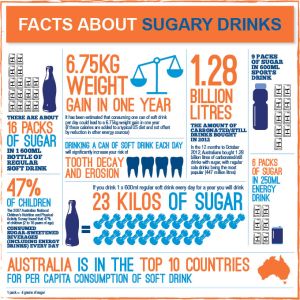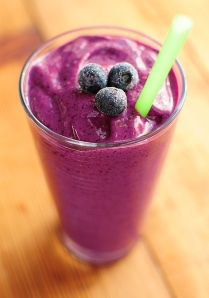Diabetes is increasing at an alarming rate, but it’s also one of the most preventable diseases around. According to Diabetes Australia, 280 people are diagnosed with Diabetes every day and more than half the cases of type 2 diabetes are preventable. Maintaining a healthy weight and leading an active lifestyle are integral to preventing T2 diabetes.
This sounds easy in theory but in practice, it’s hard to implement. When most of us think of losing or managing weight, it can seem like a chore. But losing weight doesn’t have to involve munching on carrot sticks and slaving away at the gym for hours on end. That doesn’t appeal to me…or most people for that matter. Of course you could choose to turn to one of the countless weight loss gimmicks or fad-diets around, promising you instant weight loss with minimal (if any) effort. But be warned that more often than not, these gimmicks can produce unsustainable weight loss results and are detrimental to your health in the long run. So if it sounds too good to be true then chances are, it probably is.
Diabetes prevention doesn’t have to be difficult and it certainly doesn’t have to be boring. There are simple ways you can improve your overall health and reduce your risks of developing T2 diabetes so here are some tips:
1. Get Moving!
Being inactive can significantly increase your chances of developing T2. According to studies, every two hours you spend watching TV on the couch could increase your chances of developing T2 diabetes by 14%. Studies have also shown that walking briskly for 30 minutes a day reduces the risk of developing diabetes by up to 30%.
2. Clean up your diet
The general rule is that the less processed food you eat, the better. Try to avoid refined carbohydrates (including white bread, white rice, pasta, donuts, potato chips etc.) and opt for whole grain and high fibre products instead. Also include more fruit and veggies in your diet.
3. Ditch the fast food
Fast food is often high in sugar and fat content which can contribute to excess weight. Most fast food consists of empty calories, having little or no nutritional value and being high in sodium (salt), saturated and trans fats (the stuff that clog your arteries). While the low cost and convenience of fast food might make it appealing, giving into junk food cravings simply isn’t worth it in the long run!
4. Drink coffee
According to this Harvard study, there’s good reason to give-in to your coffee cravings. The study found that coffee drinkers who downed more than 6 cups of coffee a day had a 29% – 54% lower risk of developing type 2 diabetes.
5. Eat blueberries
Now this one is easy. Research shows that eating blueberries can reduce the risk of Type 2 diabetes by 26%. So add blueberries to your smoothies, eat some with low-fat yoghurt or on its own. The options are endless so make sure you always have a punnet stored in the fridge just in case those sugar cravings kick in. Tip: Blueberries can be quite expensive so grab a few punnets when they’re on sale and store them in the freezer for later use!
How do you keep your junk-food cravings at bay? Please share in the comments section below.
Until next time, stay safe and be healthy!







